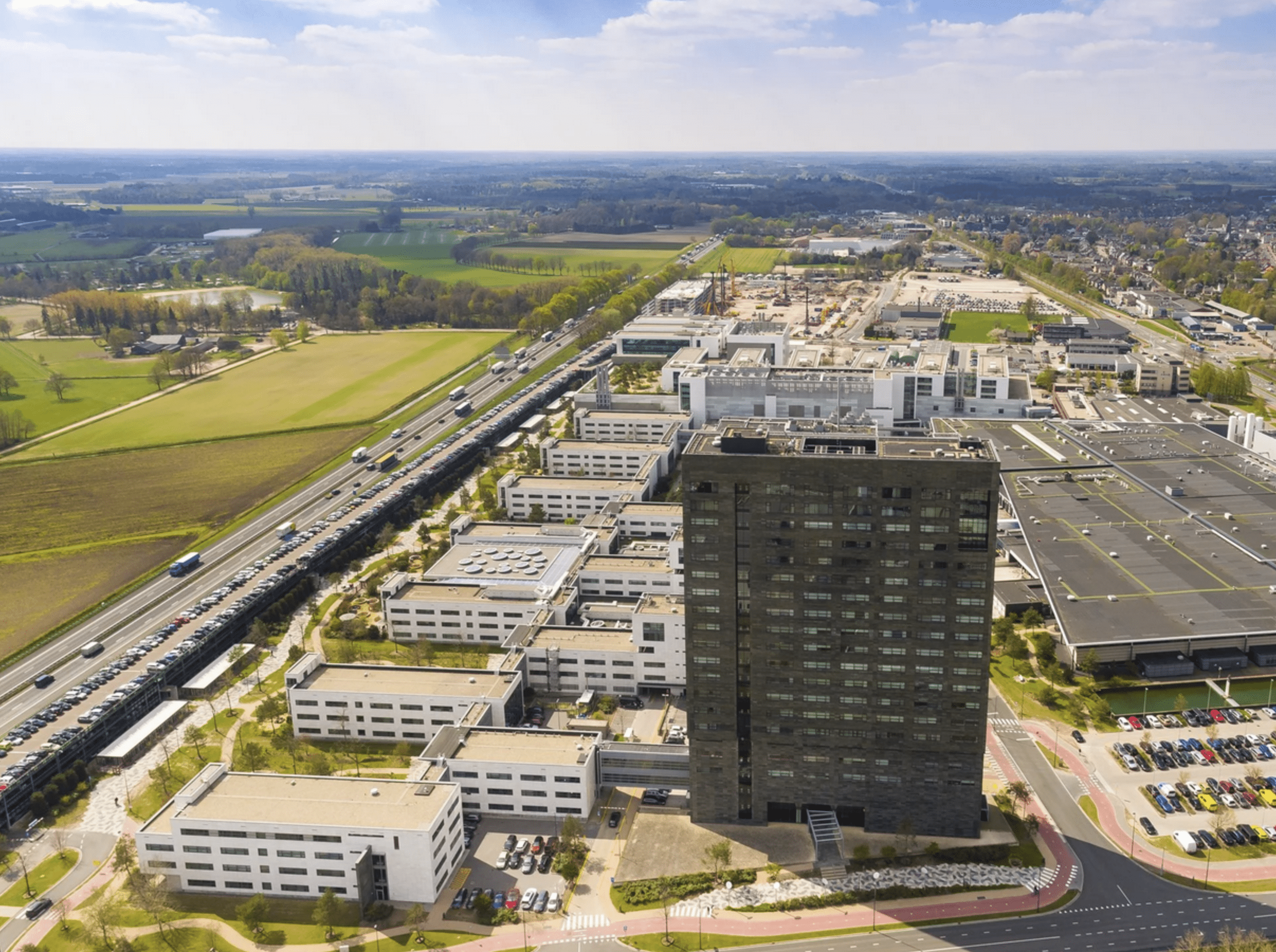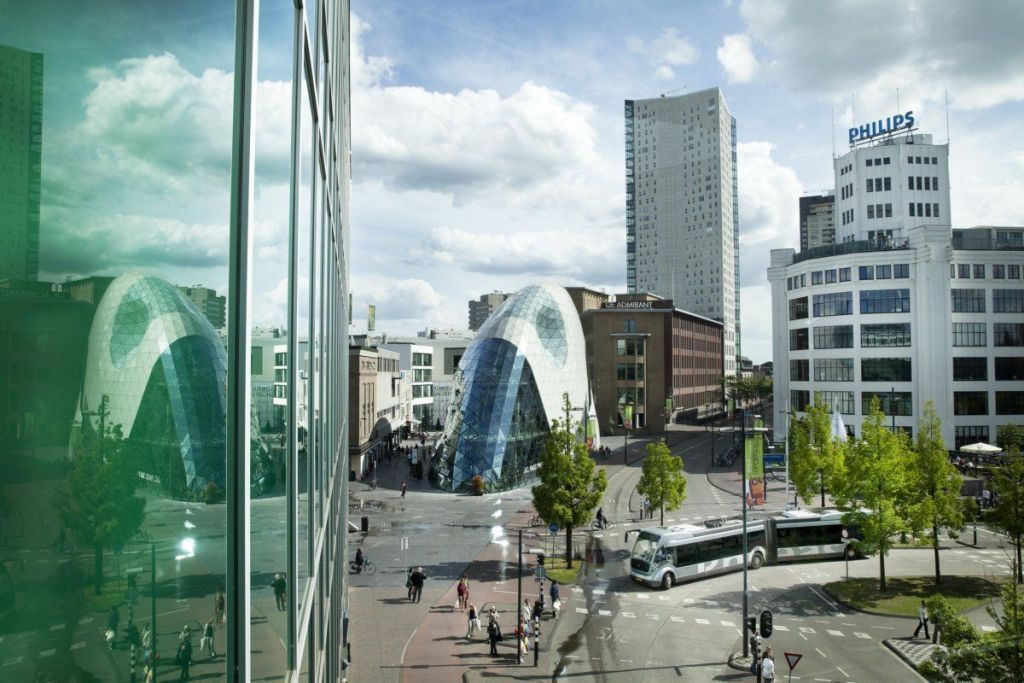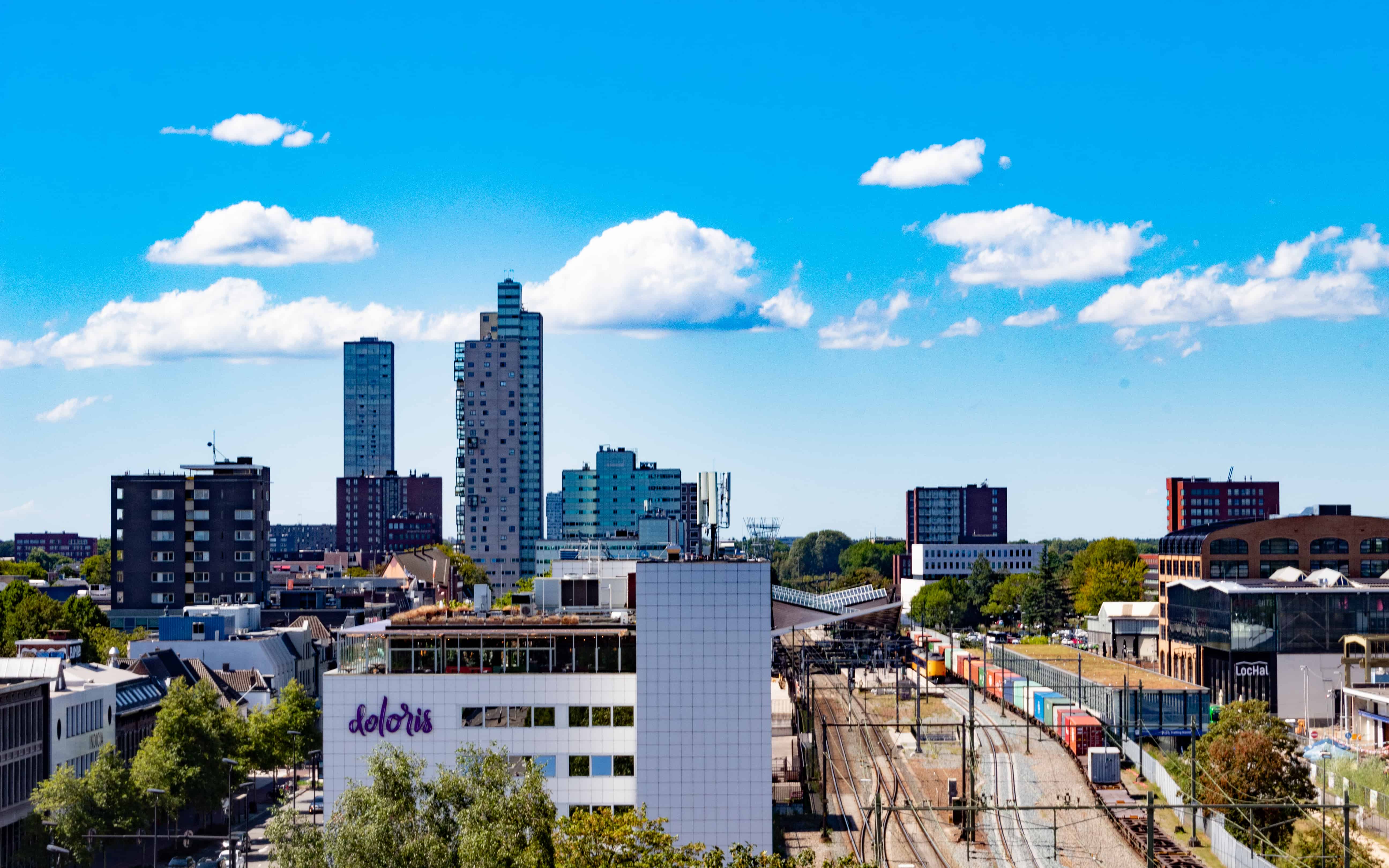
Next year, economic growth will likely be highest again in Brainport Eindhoven and Greater Amsterdam. According to a Rabobank report, both regions benefit from particularly favorable regional conditions, which have put them in a good starting position for growth for years.
The Dutch economy has recovered strongly from the coronavirus pandemic. While it contracted significantly in 2020 (-3.9 percent), two years of strong economic growth followed in 2021 (6.2 percent) and 2022 (4.3 percent). In 2023, we saw unusually low unemployment, unprecedentedly fast-rising interest rates, and unrelentingly high inflation: it was, therefore, not surprising that the overheated Dutch economy cooled down this year. This manifested itself in three consecutive quarters of economic contraction. Nevertheless, we expect the economy to pick up slightly in the year’s final months and is expected to be 0.1 percent larger in all of 2023 than in 2022.
Brainport Eindhoven and Greater Amsterdam at lonely heights in 2024
Brainport Eindhoven and Greater Amsterdam are expected to grow by 1.7 and 1.8 percent next year, respectively. For Brainport Eindhoven, this is a continuation of a trend: since 2010, this region has grown significantly faster than the Dutch economy. Moreover, the coronavirus pandemic had relatively little negative economic impact on Brainport, and partly as a result, the region weathered that period well (see also the next section in which we look back). Brainport Eindhoven is, therefore, still on the pre-corona growth path. On the other hand, Greater Amsterdam was hit hard by the pandemic and therefore lagged. But it grew fast in 2021 and 2022, and we foresee solid growth for this year as well compared to other regions. Still, both these regions are also hit by macroeconomic conditions, and their growth rates are significantly lower than in 2021 and 2022.
Both regions owe their relatively high growth expectations mainly to favorable regional conditions, such as the high density and mass of the economy, clusters of cooperating companies, the large and well-trained labor market, and knowledge networks. In Brainport Eindhoven, the machinery industry is a major sector. This subsector within manufacturing outperforms other subsectors, such as the chemical industry. The chain of mechanical engineering companies in the Brainport is a major trigger, with world players such as ASML.







